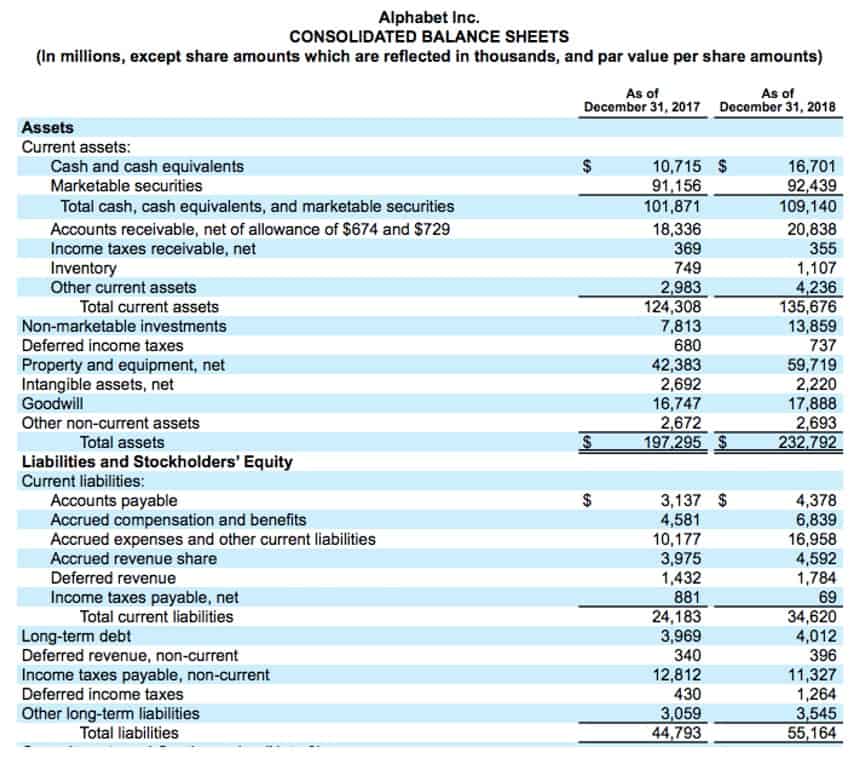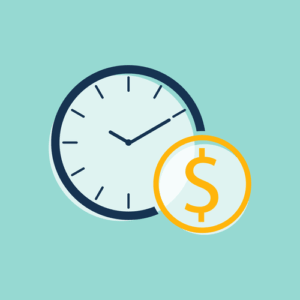
Explore the distinct roles of business costs and financial obligations. Learn how the timing of a transaction determines if a cost also creates a debt. Accounts Payable Management With the help of professional bookkeepers, small companies and startups can manage their finances well. They help startups and small companies manage their accounting information accurately.
- The company has the invoice in hand, confirming the exact amount owed.
- It can arise from loans, services received but not paid for, or any other financial obligation.
- Short-term liabilities appear first on the right side of your balance sheet.
- For instance, an invoice for $10,000 with Net 30 terms issued on October 1 must be paid by October 31.
- Unlike liabilities, which represent obligations, expenses signify the cost of resources consumed in generating income.
- When the loan is ultimately paid back, the liability account will be extinguished from the books.
Payroll taxes
Thanks for reading, and I hope you’ll come back and visit us again soon for more financial wisdom. Understanding these liabilities is crucial for grasping a company’s overall financial health. After all, they paint a picture of its current obligations and future commitments. It’s like having a crystal ball that helps us predict the company’s financial trajectory. In the balance sheet, the loan is a financial obligation, while the company’s assets, such as property or equipment purchased with the loan, increase. Over time, the company will need to repay the loan using its revenue and cash flow.

What is Liability?

Liabilities, on the other hand, are a representation of amounts owed to other parties. Both assets and liabilities are broken down into current and noncurrent categories. Today, we’re diving into the fascinating world of depreciation and amortization expenses. Get ready for a rollercoaster ride of accounting adventures that will make your financial statements sing.
Swiss Mountain Dog vs. Bernese Mountain Dog: Key…
If you have more assets than liabilities, you have positive equity. For example, a small business loan is a liability that can help you grow your business. But as you pay off the loan, you can use the borrowed money to improve and expand your business. HighRadius stands out as an IDC MarketScape Leader for AR Automation Software, serving both large and midsized businesses. The IDC report highlights HighRadius’ integration of machine learning across its AR products, enhancing payment matching, credit management, and cash forecasting capabilities. Throughout March, your company has been actively using the vendor company's cloud services – things like servers, data storage, and software.

Order to Cash

By following these tips, you’ll expenses vs liabilities be able to keep those balls in the air and your business running smoothly. Imagine your company as a ship navigating the choppy waters of the business world. Operating expenses are like the fuel that keeps your ship chugging along, but understanding their significance is crucial to steer your vessel towards success.
Slavery Statement
Adding up expenses as liabilities at this point can decrease the equity level. A professional bookkeeper will make sure that expenses and liabilities are recorded in the right place at the right time. To earn revenue, businesses incur costs, which are for running regular business operations. Mainly, the cost of resources consumed to earn income is an expense. These are not obligations that businesses need to pay after a certain time, unlike liabilities. Businesses must pay all the expenses cash flow immediately to earn revenue.
○ Types of Equity Accounts ○
That’s because the cost was incurred during the period but was never included in the reported expenses. Here’s a simple comparison of the timing and process behind accrued expenses and accounts payable. Accounts payable represents the money a company owes after receiving an invoice for goods or services. It’s the formal record of bills the company has received but hasn’t paid yet.



